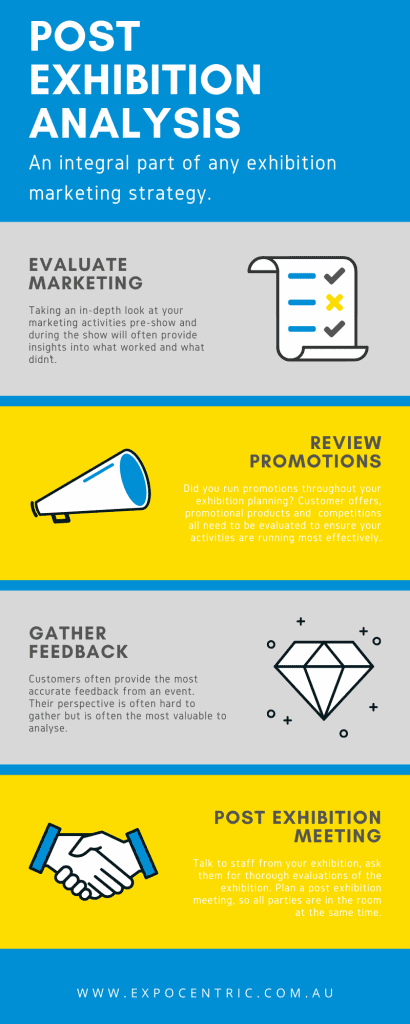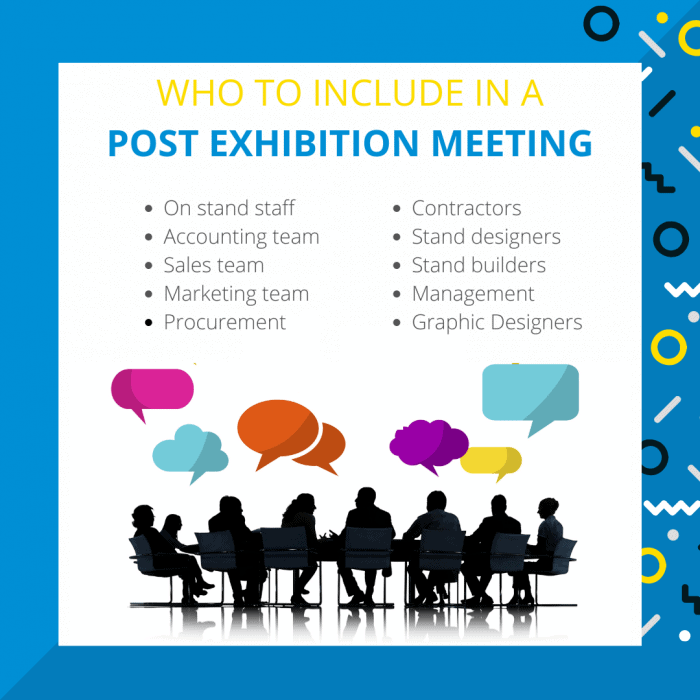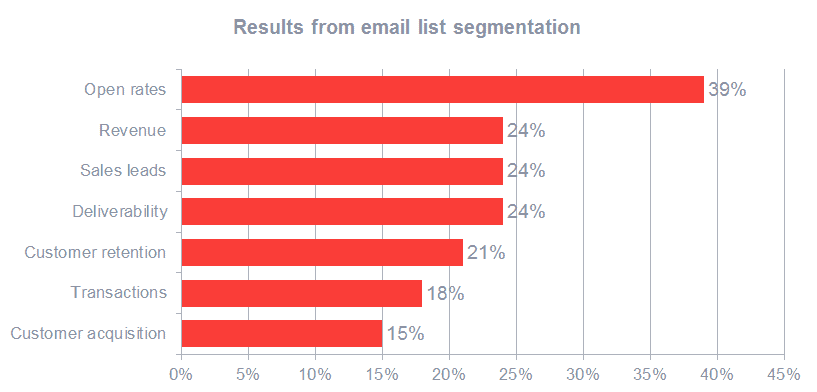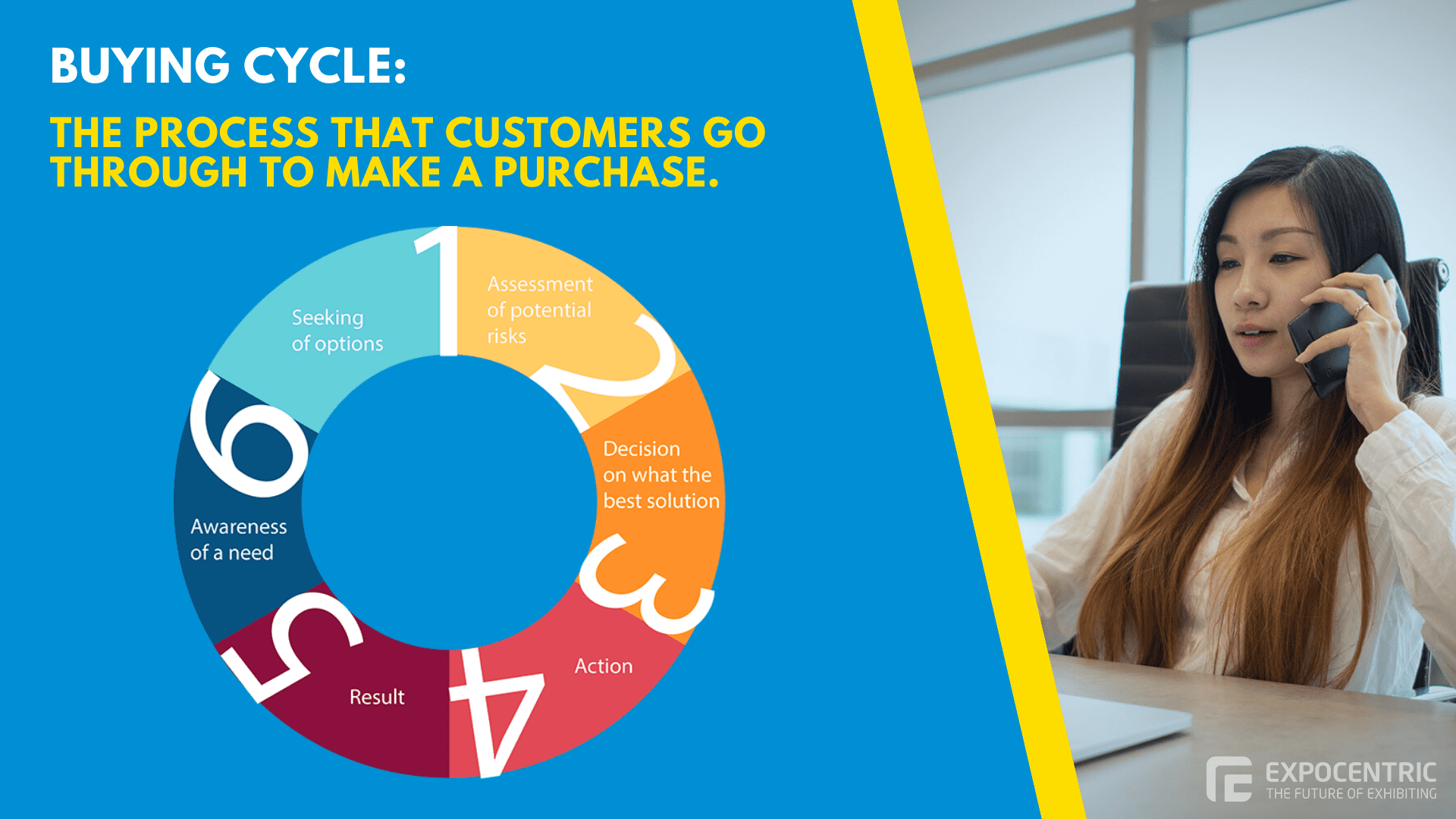Exhibitions are a powerful experiential marketing channel that bring you face to face with your most interested buyers.
They bring a level of engagement with your potential clients that can be impossible to achieve with other marketing avenues.
However, many people focus on the event itself and forget about their post exhibition strategies, missing out huge opportunities and leaving your prospects open for competitors to steal.
Make the most out of your investment with well executed post exhibition marketing. Post exhibition marketing can boost sales, increase ROI and improve future events results.
1. Analysis
Post exhibition analysis is integral part of any exhibition or event marketing strategy. How can you expect to improve on your event every year if you don’t review what worked, what didn’t and develop new ideas1. ?

Evaluate Marketing
Taking an in-depth look into your marketing activities pre-show and during the show will often many insights on what worked and what didn’t – this will help make your marketing for the next event highly effective.
- Which marketing channel had most success
- What email content gained the most traction
- Which social media posts achieve the highest levels of engagement
Review Event Promotions
Did you run promotions throughout your exhibition planning? Both pre-show and on stand at the exhibition? Customer offers, handing out of promotional products and running competitions all need to be evaluated to ensure your activities are running most effectively.
- Did these event promotions work?
- If they worked, how can they be improved?
- If they did not work, can they be improved or is it time cut this activity from future events?
Feedback
Look at customer feedback. Customers often provide the most accurate feedback from an event. Their perspective is often hard to gather but is often the most valuable to analyse.
- Monitor socials
- Record feedback given on site
- Ask for feedback from stand builders
- Discuss the show with contractors
Post Exhibition Meeting
Talk to staff from your exhibition or event, ask them for thorough evaluations of the exhibition. One of the best ways to get this done quickly and concisely is to plan a post exhibition meeting, so all parties are in the room at the same time. Include all staff involved in the exhibition process, including sales staff on the stand, accountants, management and marketing team.
- What was the most valuable part of the show?
- What was the least valuable part of the show?
- Were pre-show promotions effective?
- Was the location good?
- Was the staffing on the stand adequate?
- Was the collateral satisfactory?
- Were promotions valuable?
- Did the signage convey the right message?
- What should we do again?
- What didn’t work?
- How could we make it better?

2. Goals
Post-exhibition goal measurement is only possible with effective pre-planning. 71 % of exhibitors go to an exhibition or trade show without any specific goals or objectives (CEIR). This is a major flaw in any brands exhibition planning.
At the beginning of your exhibition marketing strategy, you should have developed a list of goals to measure the success of your event. Here is when your exhibition strategy gets tested and examined to see if you got the most out of your brand marketing spend.
Goals should be:
Realistic: Your goals need to be attainable, but still challenging
Specific: The goals should be very targeted and clear.
Understood: From top management to floor staff, your goals must be communicated clearly so that everyone is on the same page and knows the objectives of the exhibition.
Measurable: How will you track this goal, there must be a specific plan in place to measure what you are aiming to achieve
If you achieved your set goals, it is likely that appropriate marketing and exhibition strategies were chosen.
If you did not accomplish your goals, thorough evaluation will be needed to see what modifications and adjustments are required for future events to achieve success.
The most common and useful metric exhibitors use for goal measurement are listed below. These metrics are not necessarily the ones you have to choose, the key is to use a combination of quantitative and qualitative measures to build a comprehensive picture of exhibition success.
3. Follow up
Lead generation is arguably one of the major benefits of including an exhibition in your marketing strategy. However, research shows that an astounding 70% of exhibitor’s leads are not followed up!
In the beginning stages of your exhibition marketing strategy it should have been decided on how these leads are going to be managed. Do not leave the follow-up process until after the event.
Lead targeting and prioritisation
As part of the planning phase in your exhibition strategy segmentation of leads should have been decided. Buyer personas and buyer lifecycle must be key factors in outlining the process of lead targeting and prioritisation.
At the conclusion of an exhibition you don’t want a long list of leads, you need a highly segmented list that is classified into groups as defined in your lead targeting strategy.
The important thing is to have a structured method of classifying, grouping and prioritising leads so that you and the sales team know every lead gets the right follow-up as promptly as possible.

When to follow up
Do not leave the follow-up process until after the event.
During the event lead segmentation should have started and lists should be constantly be generated and updated. Therefore, then the leads will be ready as soon as the doors shut on the exhibition.
Distribute leads to the sales team immediately after the event. Quick follow up has two main benefits.
1. Your sales team will be more motivated to follow up leads straight after an event while the hype is still surrounding the event.
2. Leads will be more receptive to a quick follow up.
Content
What you are going to follow-up with is just as important as when.
The secret to a good follow up is to demonstrate to prospects that you have something to offer them that is of value. Make your content specific to each group you are targeting from your lead targeting and segmentation. The more targeted the content, the better results you will see.
And don’t forget to use 6 Tried-and-True Principles of Writing Content for Exhibition Marketing.
While many people focus on sales phone calls and email marketing for follow-up there are many other methods you could include in your strategy.
- Social media: Think LinkedIn for B2B businesses
- Content marketing: Whitepapers, e-books, articles, interviews, case studies
- PR: To help build brand awareness
Track and Calculate
If you really want to know your true ROI from an exhibition, follow up needs to be meticulously tracked, recorded and calculated.
The timeline you use to track and calculate will vary depending on the buying cycle of your product, this may be 1 month, 3 months, 6 months etc. If your business has a long sales cycle it may take 6 months or more to get a truly accurate assessment of the exhibition ROI.

Tracking the follow-up process and sales will enable your business to determine how many leads were converted to customers from the exhibition, and the revenue generated as a result of the exhibition.
